Home>Garden Essentials>What Do Beet Seeds Look Like
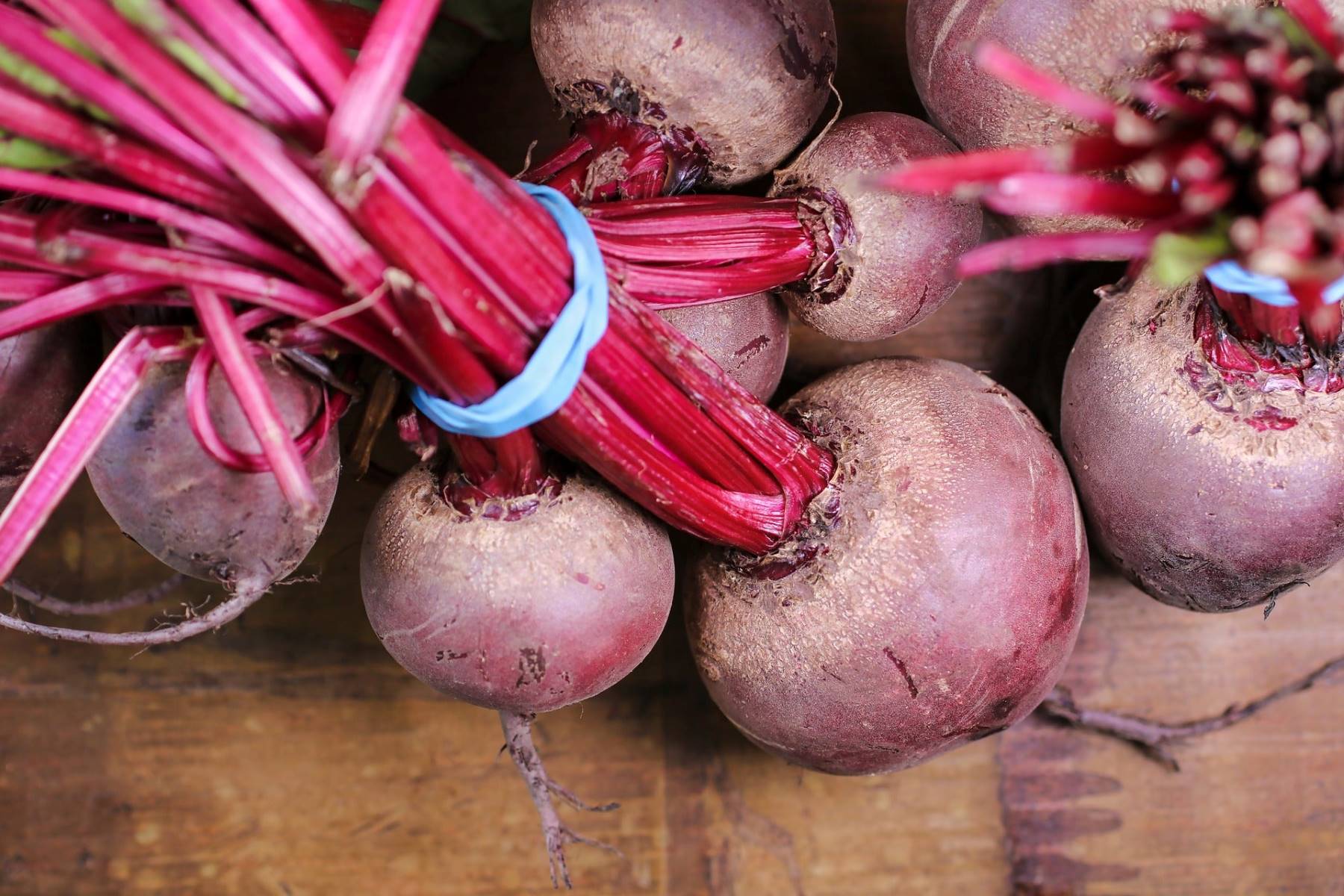

Garden Essentials
What Do Beet Seeds Look Like
Modified: August 20, 2024
Curious about what beet seeds look like? Discover the appearance of garden beet seeds in this informative guide. Start growing your own beet plants today!
(Many of the links in this article redirect to a specific reviewed product. Your purchase of these products through affiliate links helps to generate commission for Storables.com, at no extra cost. Learn more)
Introduction
Welcome to the world of gardening, where every seed holds the promise of new life and endless possibilities. For garden enthusiasts, there’s a certain joy in watching a tiny seed transform into a thriving plant.
In this article, we’re going to dive into the fascinating world of beet seeds. Have you ever wondered what these tiny seeds look like? How do they differ from other types of seeds? Join us as we explore the characteristics, colors, and textures of beet seeds, as well as how to effectively store and plant them for a successful garden.
Whether you’re a seasoned gardener or just starting out, understanding the nature of beet seeds can help you cultivate a bountiful beet harvest. So, let’s dig in and uncover the secrets of these small but mighty seeds.
Key Takeaways:
- Beet seeds come in various colors and sizes, adding excitement to gardening. Their smooth texture and round shape make them easy to handle and plant, leading to the growth of vibrant and flavorful beets.
- Proper storage and planting of beet seeds are crucial for successful growth. Storing them in a cool, dry place and planting in moist soil with proper spacing can lead to healthy and bountiful beet harvests.
Read more: What Do Garlic Seeds Look Like
Overview of Beet Seeds
Beet seeds are the starting point of the vibrant and delicious beet plants that we find in gardens and grocery stores. These seeds are the result of the flowering of the beet plant, which belongs to the Chenopodiaceae family. While beet seeds may appear small and unassuming, they hold the potential for growth, providing a source of nourishment and beauty in our gardens.
Beet seeds are commonly used for growing a variety of beetroot, which is a popular vegetable known for its earthy flavor and rich nutrients. They can be planted directly in the ground or started indoors and then transplanted. Unlike some other seeds, beet seeds do not require a long period of stratification or pre-treatment before planting.
When purchasing beet seeds, you may find them available in packets or containers, either online or at your local gardening store. They are often sold in small quantities, as a little goes a long way with beet seeds. Each individual seed has the potential to grow into a mature beet plant, provided it is given the right conditions and care.
Now that we have a general understanding of beet seeds, let’s take a closer look at their characteristics, including their color, size, and texture, which can vary depending on the variety of beet.
Characteristics of Beet Seeds
Beet seeds possess distinct characteristics that set them apart from other types of seeds. Understanding these characteristics can help you identify and handle beet seeds effectively.
Color and Size: Beet seeds are typically small and round, resembling tiny grains. They come in a range of colors, including shades of deep purple, brown, and black. The color of the seed does not necessarily indicate the color of the resulting beet. Instead, it is an indicator of the variety. For example, a dark purple seed may grow into a red or purple beet, while a brown seed may produce a golden or yellow beet.
Texture and Shape: Beet seeds have a smooth surface and are generally hard in texture. They are shaped like small spheres, which makes them easy to handle and plant. This shape also contributes to their ability to roll easily if not securely placed in the soil. To ensure proper germination and root development, it is important to properly sow and firm the soil around the beet seeds.
Germination and Viability: Beet seeds have good germination rates and can sprout within 7 to 14 days under optimal conditions. They require a soil temperature between 50°F (10°C) and 85°F (29°C) for successful germination. The viability of beet seeds can vary, but properly stored seeds can remain viable for up to 5 years, although germination rates may decline over time.
Other Characteristics: Beet seeds may have subtle variations in size and shape, depending on the specific variety. Some beet seeds may also have a slightly mottled or speckled appearance, adding to their unique and distinct aesthetic.
Now that we’ve explored the characteristics of beet seeds, let’s move on to discussing the specific colors and sizes you might encounter when working with these seeds.
Color and Size of Beet Seeds
Beet seeds come in a variety of colors and sizes, adding visual interest to your gardening experience. Let’s take a closer look at the different colors and sizes you might encounter when working with beet seeds.
Color: Beet seeds can display a range of colors, from deep purples and browns to shades of black. The color of the seed is determined by the specific variety of beet it comes from and does not necessarily indicate the color of the beet that will grow from it. For example, a black seed may produce a red or golden beet, while a brown seed may produce a white or striped beet. This diversity in color adds excitement to the planting process, as you never know exactly what color beet you will harvest.
Size: Beet seeds are generally small in size, similar to the size of a grain of sand. Typically, they measure about 1 to 2 millimeters in diameter. Their small size makes them easy to sow and handle. However, it is important to handle these tiny seeds with care to ensure even distribution during planting.
Regardless of the specific color or size, all beet seeds share the common characteristic of being capable of growing into robust beet plants when given the right conditions and care.
Now that we have explored the color and size of beet seeds, let’s move on to discussing the texture and shape of these intriguing seeds.
Beet seeds are small, round, and dark red to brown in color. They are similar in size to a sesame seed and have a hard outer coating. When planting, space them 1-2 inches apart and cover with a thin layer of soil.
Texture and Shape of Beet Seeds
Beet seeds possess a unique texture and shape that make them easy to handle and plant. Let’s delve into the specifics of the texture and shape of these intriguing seeds.
Texture: Beet seeds have a smooth and hard texture. This smoothness allows the seeds to glide easily through your fingers as you prepare to sow them. The hard texture of the seeds helps protect the delicate embryo inside, ensuring its viability and ability to germinate under the right conditions. When handling beet seeds, it’s important to be gentle and avoid crushing or damaging them, as this can impede germination.
Shape: Beet seeds are typically round, resembling tiny spheres. This shape is advantageous for easy handling and planting, as they can roll smoothly if not securely placed in the soil. It’s important to take care when sowing beet seeds to ensure they are properly placed in the soil, making good contact for germination and root development.
The combination of the smooth texture and round shape of beet seeds makes them a pleasure to work with, allowing for precise placement and optimal growing conditions.
Now that we’ve explored the texture and shape of beet seeds, let’s move on to discussing their germination and viability, as well as how to store and plant them for successful growth.
Read more: What Do Salvia Seeds Look Like
Germination and Viability of Beet Seeds
The germination and viability of beet seeds play a crucial role in the success of your beet garden. Understanding how to optimize these factors will increase the chances of successful seedling emergence and healthy plant growth. Let’s explore the germination process and the viability of beet seeds.
Germination: Beet seeds have good germination rates and can sprout within 7 to 14 days under optimal conditions. To germinate successfully, beet seeds require a soil temperature between 50°F (10°C) and 85°F (29°C). Soaking the seeds in water for a few hours before planting can help stimulate the germination process. Sow the seeds at a depth of 1/2 inch (1.3 cm) in moist soil, and make sure to keep the soil consistently moist during the germination period.
Viability: The viability of beet seeds refers to their ability to germinate and grow into healthy plants. While the exact viability of beet seeds can vary depending on the specific variety and age of the seeds, they generally remain viable for up to 5 years when stored properly. However, it’s important to note that the germination rates may decrease over time. Conducting a simple seed germination test before planting can help determine the viability of older seeds. To perform this test, place a small number of seeds on a damp paper towel and keep it moist for a few days. If a high percentage of the seeds begin to sprout, it indicates good viability.
Proper storage is essential for maintaining the viability of beet seeds. Store them in a cool, dark, and dry place, such as an airtight container in the refrigerator. This will help preserve the seeds and extend their shelf life.
By providing optimal growing conditions and storing your beet seeds correctly, you can maximize their germination potential and ensure a successful beet garden.
Now that we’ve covered germination and viability, let’s move on to discuss how to effectively store and plant beet seeds.
Storing and Planting Beet Seeds
Properly storing and planting beet seeds is crucial for ensuring successful growth and a bountiful harvest. Let’s explore the best practices for storing and planting beet seeds to optimize their germination and yield.
Storing Beet Seeds:
- Cool and Dry: Beet seeds should be stored in a cool, dark, and dry place. Excessive moisture and heat can decrease their viability and affect germination rates. Consider storing them in an airtight container, such as a glass jar or a sealed plastic bag, to protect them from moisture and pests.
- Refrigeration: If you live in a hot and humid climate, it is recommended to store your beet seeds in the refrigerator. This will provide stable temperature and humidity conditions, prolonging the viability of the seeds.
- Labeling: Make sure to label your beet seed packets or containers with the variety and date of collection or purchase. This information will help you keep track of the age of the seeds and ensure you use the oldest seeds first.
Planting Beet Seeds:
- Timing: Beet seeds can be planted in early spring as soon as the soil can be worked, or in late summer for fall harvest. Optimal soil temperature for germination is between 50°F (10°C) and 85°F (29°C).
- Soil Preparation: Prepare the planting area by loosening the soil and removing any debris. Incorporate organic matter such as compost or aged manure to enrich the soil and improve drainage.
- Sowing: Sow beet seeds directly into the prepared soil, spacing them about 1 inch (2.5 cm) apart. Plant them at a depth of 1/2 inch (1.3 cm) and gently cover them with soil. Firm the soil lightly to ensure good contact between the seeds and the soil.
- Watering: After sowing, water the soil gently to keep it consistently moist. Avoid overwatering, as excessive moisture can lead to rotting of the seeds.
- Thinning: Once the seedlings emerge, thin them out to maintain proper spacing. Thin the plants to about 4-6 inches (10-15 cm) apart to allow enough space for the beets to develop.
- Care: Provide consistent moisture to the growing plants, ensuring the soil remains evenly moist but not waterlogged. Mulching around the plants can help conserve moisture and suppress weed growth.
By following these guidelines for storing and planting beet seeds, you’ll set the stage for successful germination, healthy growth, and a rewarding beet harvest.
Now that we’ve covered storing and planting, let’s wrap up our exploration of beet seeds.
Conclusion
Beet seeds may be small, but they hold immense potential for growth, beauty, and flavor. Throughout this article, we’ve explored the various characteristics of beet seeds, including their colors, sizes, textures, germination rates, and viability. Understanding these aspects allows us to make informed decisions when selecting, storing, and planting beet seeds.
From deep purples to browns, beet seeds come in a range of captivating colors, offering a delightful surprise when they sprout into vibrant beets of different hues. Their small and round shape, coupled with a smooth and hard texture, makes them easy to handle and sow in the soil.
When it comes to germination, beet seeds exhibit good rates and can sprout within a couple of weeks under optimal conditions. Providing a suitable soil temperature and consistent moisture during the germination period are key factors for successful seedling emergence.
Beet seeds, if stored properly in cool and dry conditions, can remain viable for several years. So, it’s important to label and store them appropriately, enabling you to enjoy fresh beet harvests whenever you’re ready to plant.
When it’s time to plant, carefully prepare the soil, sow the seeds at the recommended depth, and provide sufficient spacing for the developing beets. Consistent moisture, along with proper thinning and care, will contribute to the production of healthy and flavorful beets.
So, whether you’re a gardening enthusiast looking to embark on a beet-growing adventure or a seasoned gardener seeking to enhance your knowledge, understanding the characteristics of beet seeds is essential for success. By harnessing their potential and providing them with the right conditions, you can experience the joy of nurturing these small seeds into thriving beet plants.
Remember, as you embark on your gardening journey, there’s much more to discover about the fascinating world of seeds. So, keep exploring, experimenting, and enjoying the wonders that nature has to offer.
Frequently Asked Questions about What Do Beet Seeds Look Like
Was this page helpful?
At Storables.com, we guarantee accurate and reliable information. Our content, validated by Expert Board Contributors, is crafted following stringent Editorial Policies. We're committed to providing you with well-researched, expert-backed insights for all your informational needs.
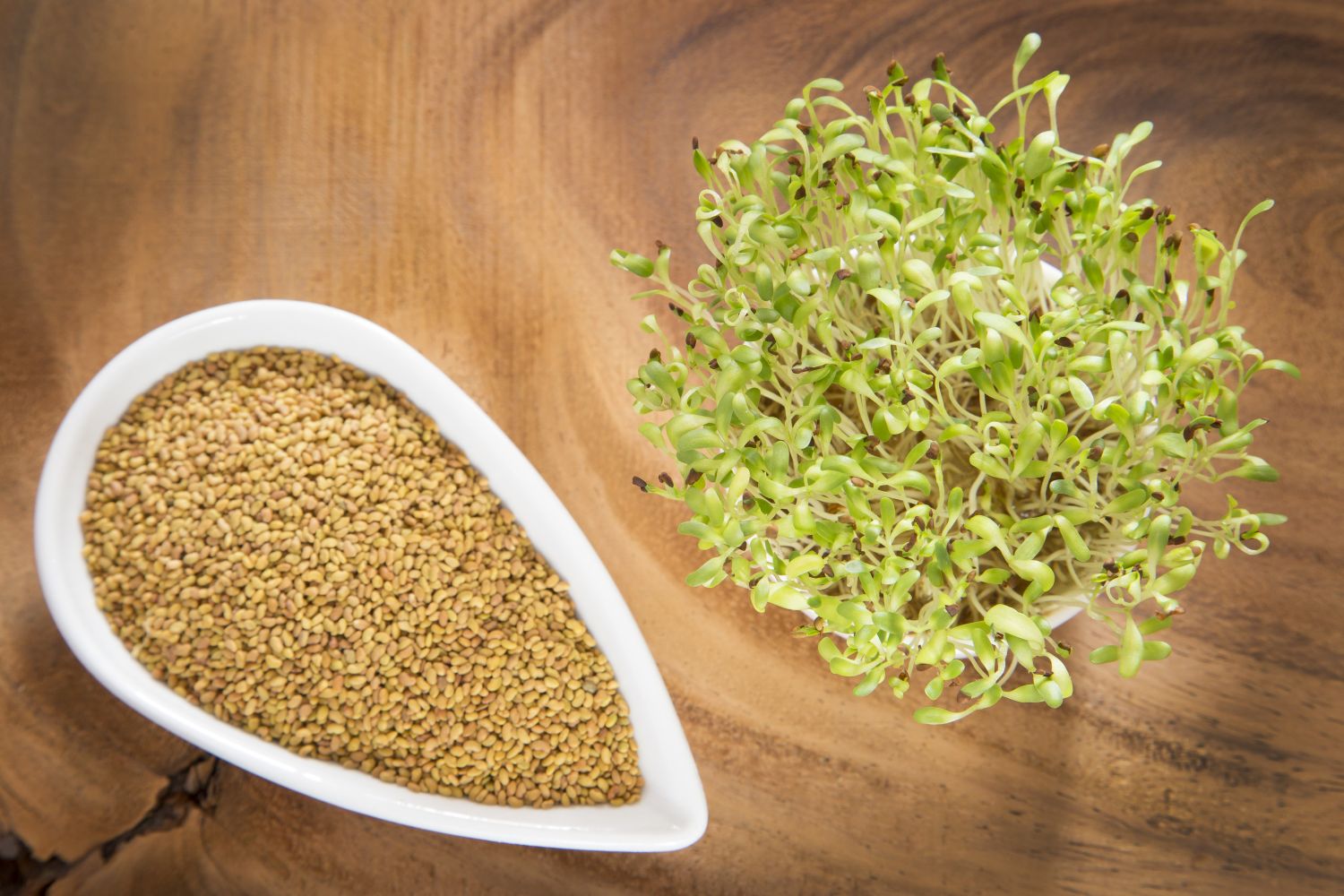
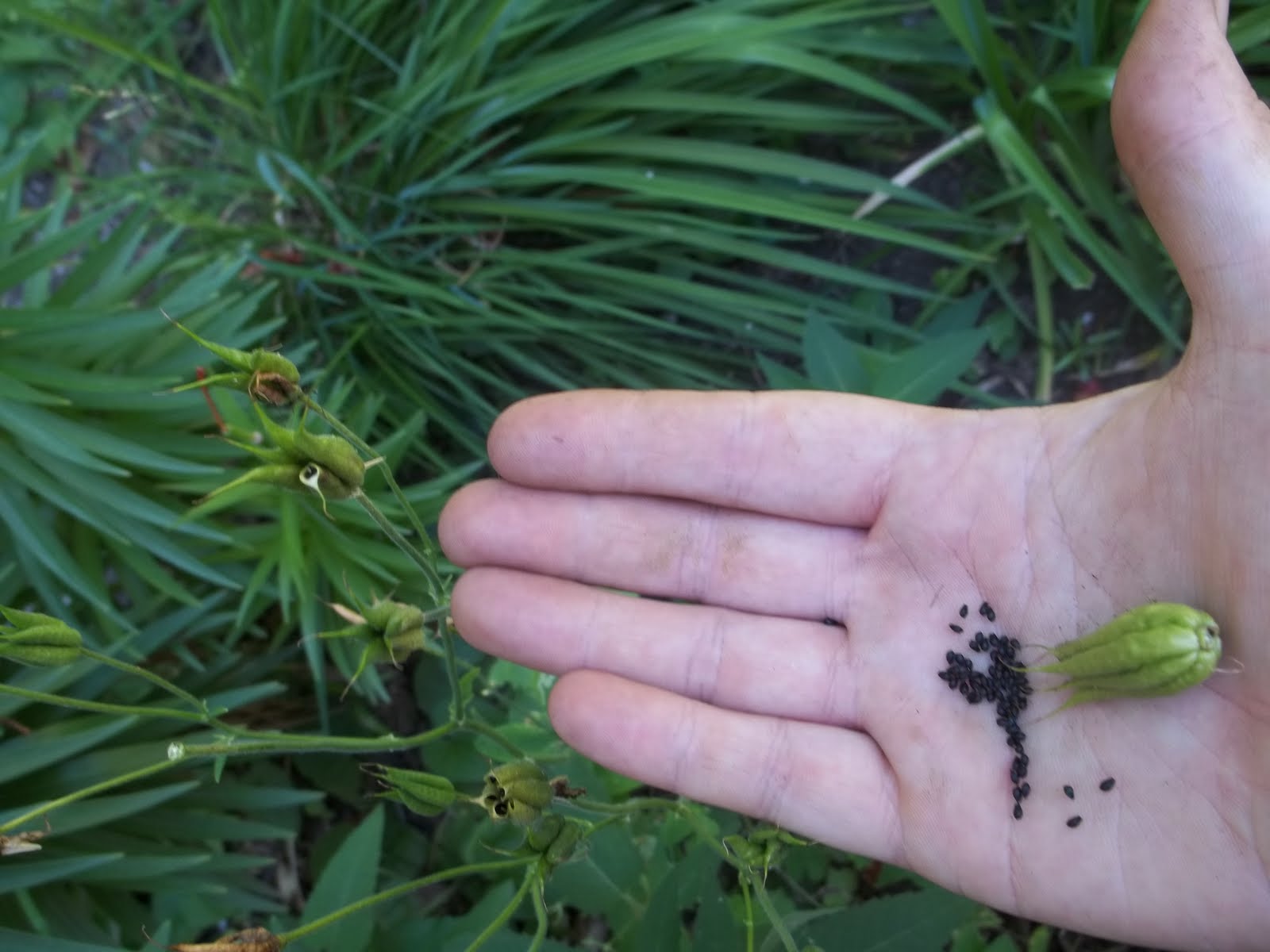
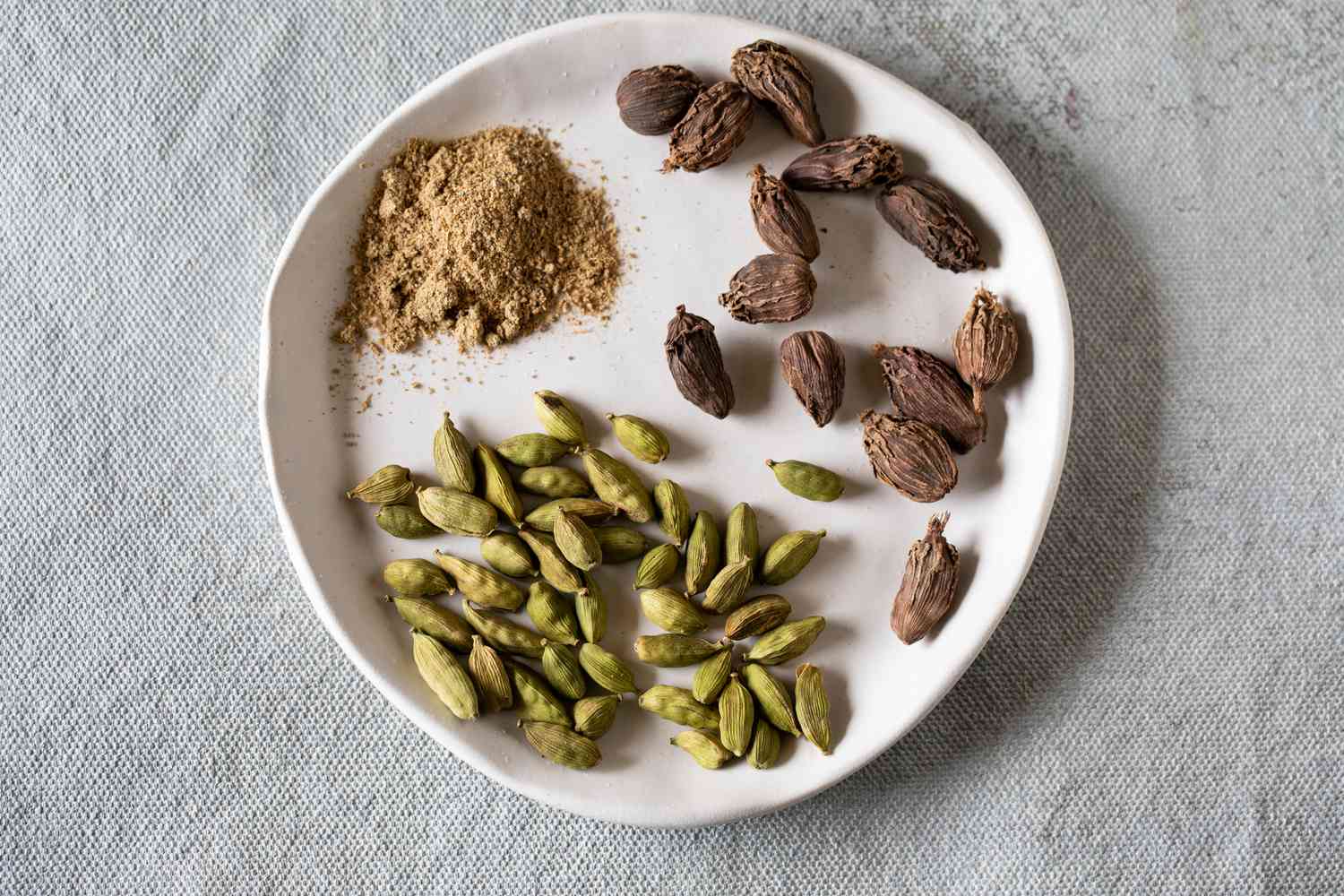
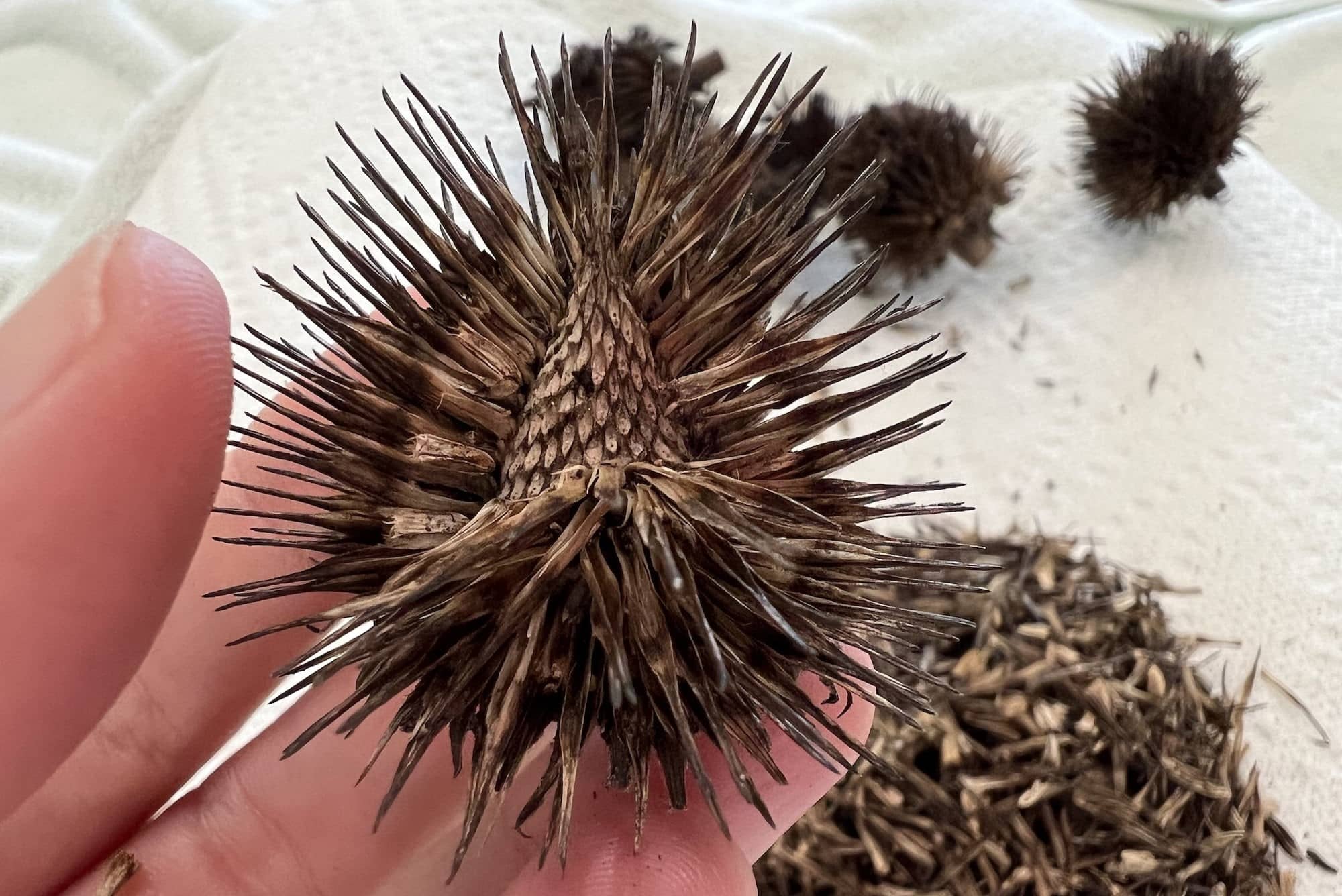
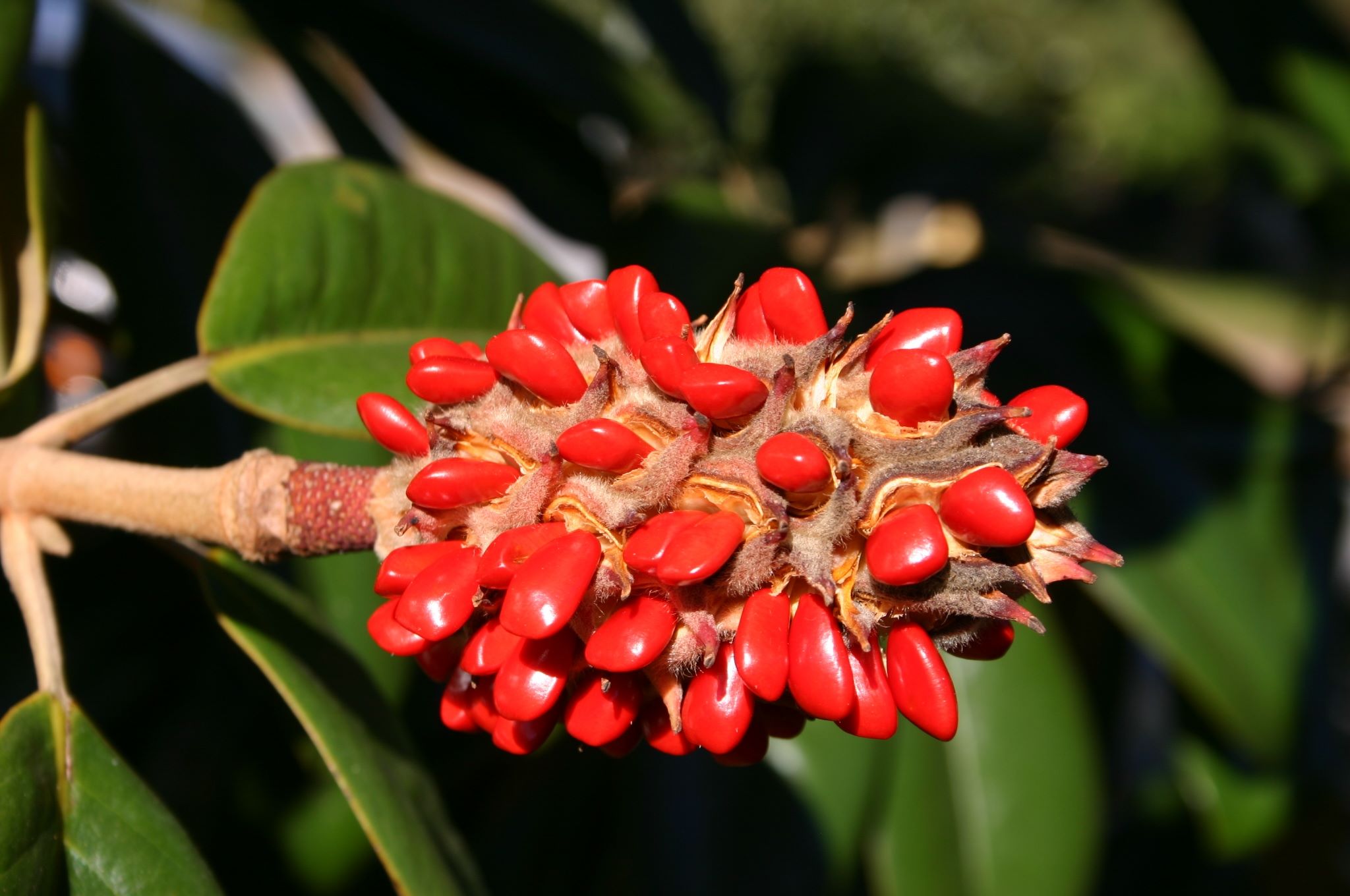
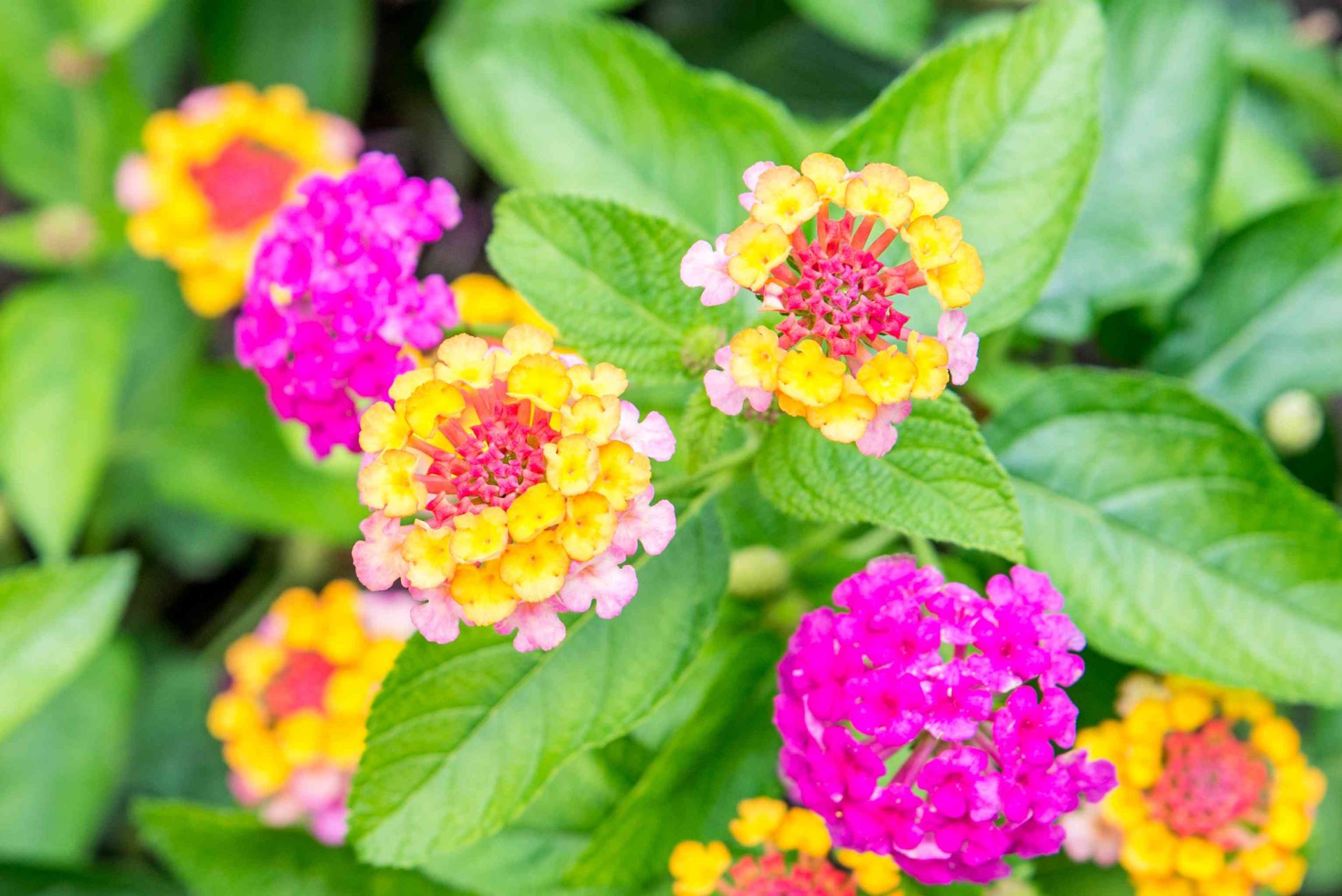
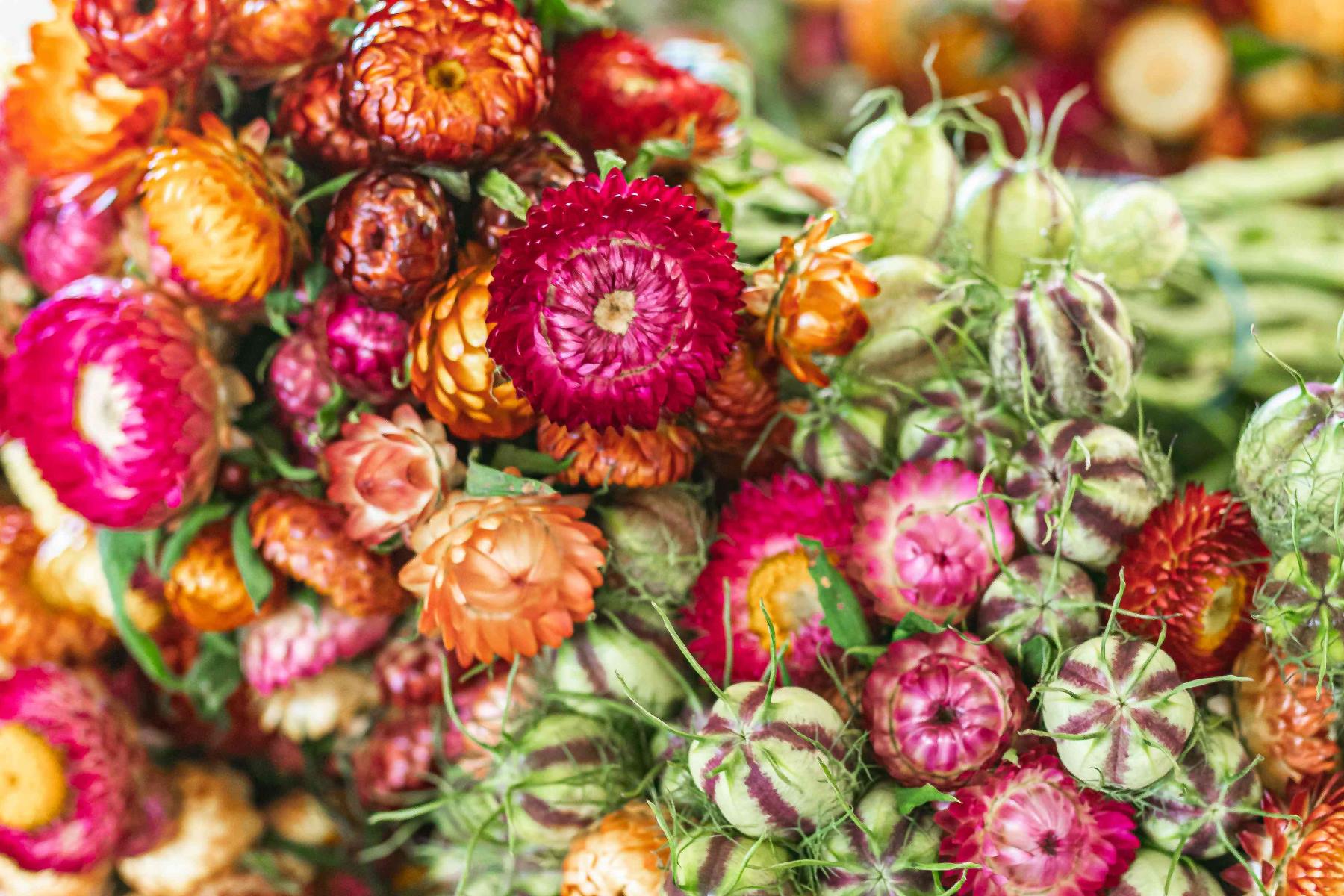
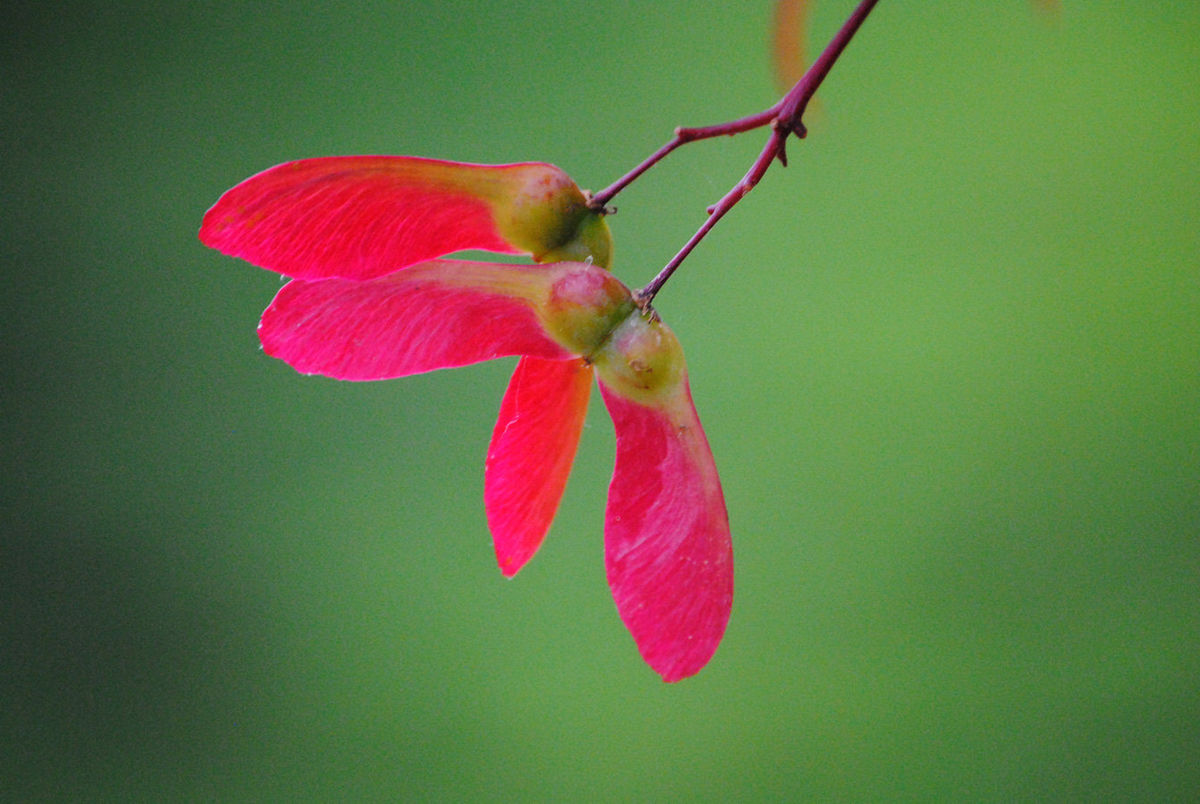
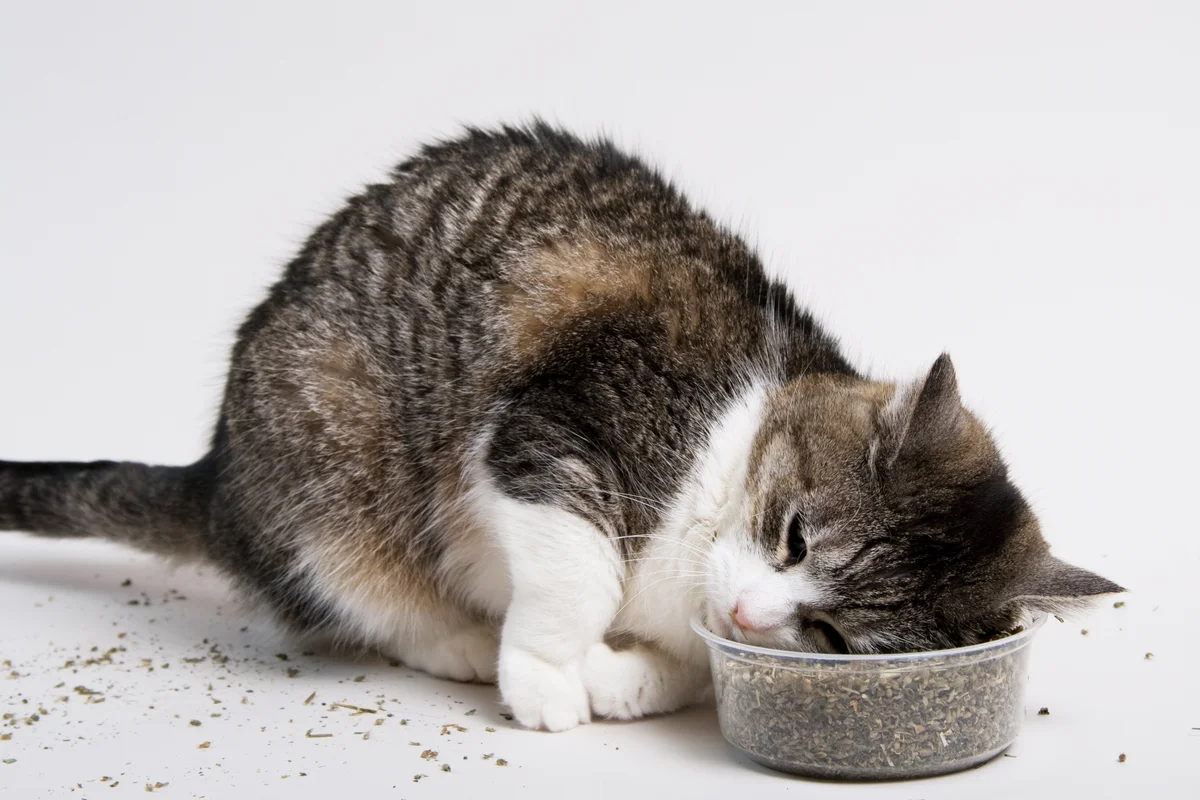
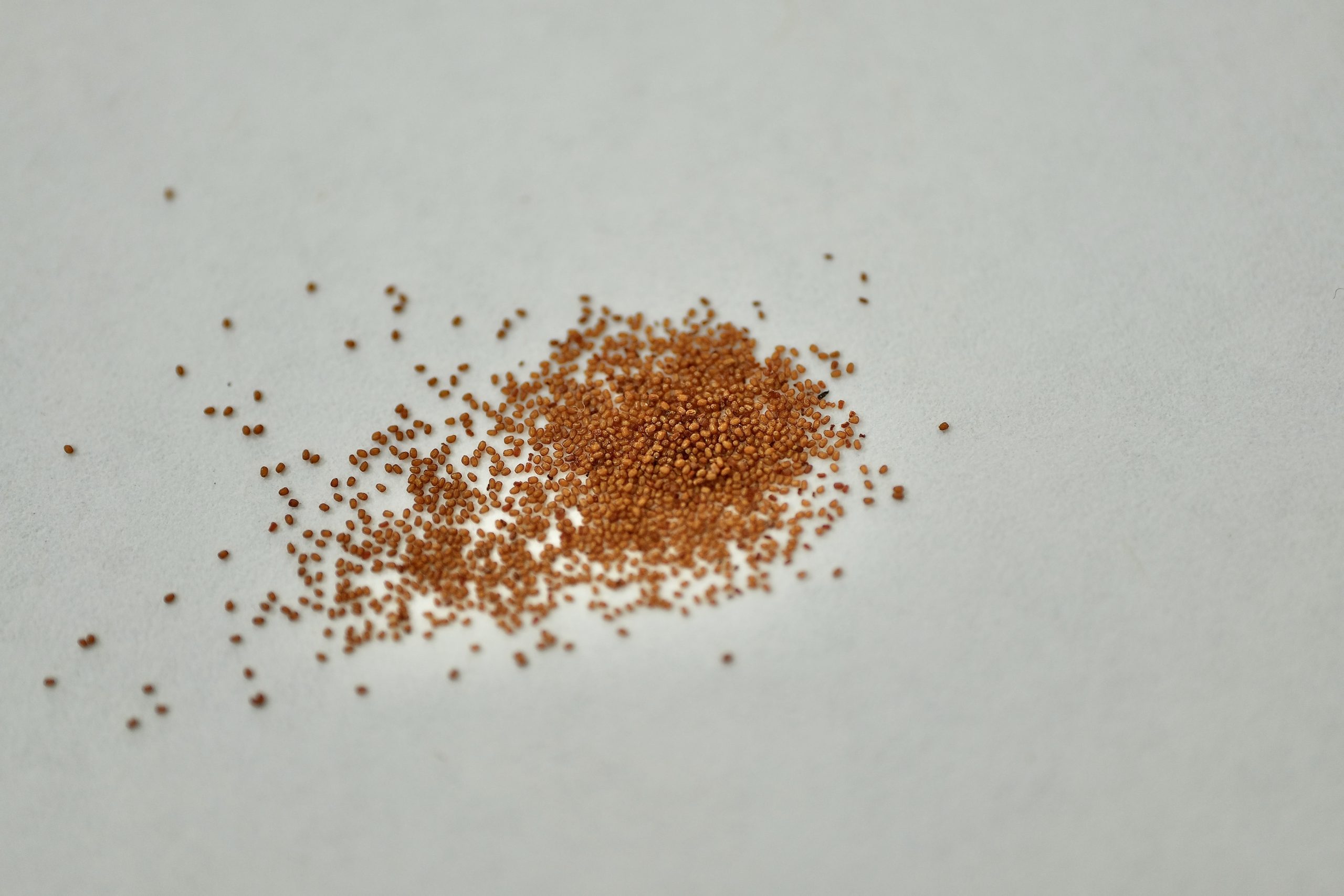
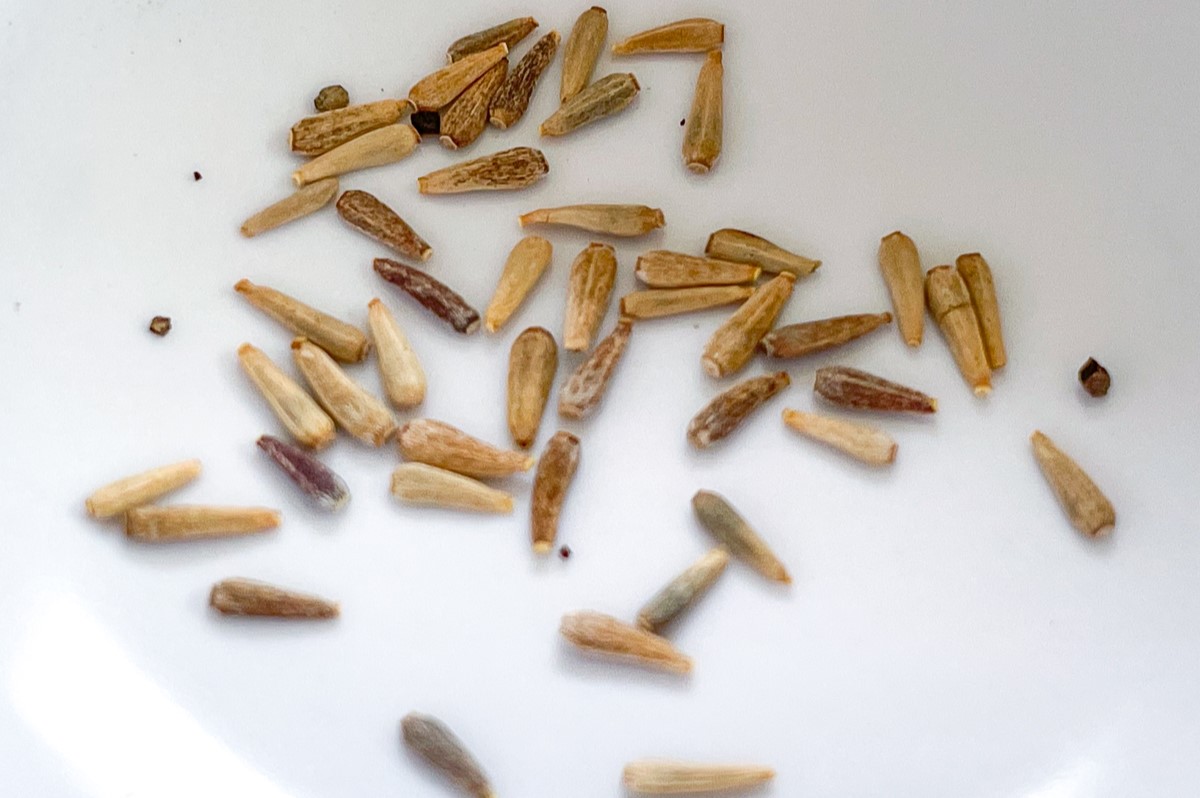
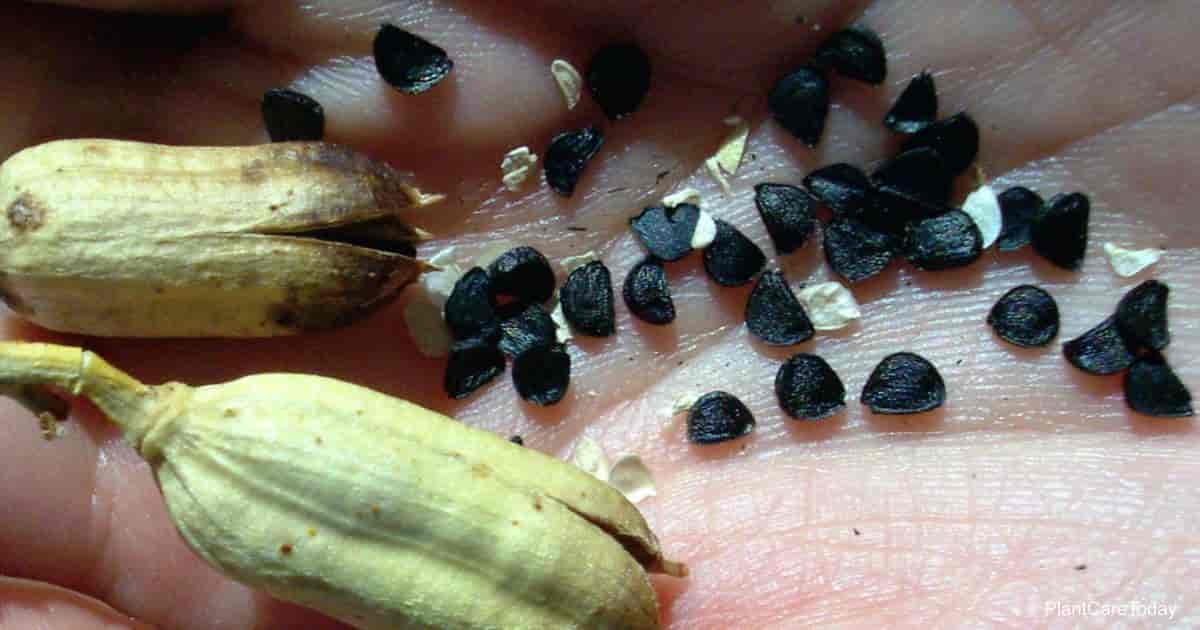
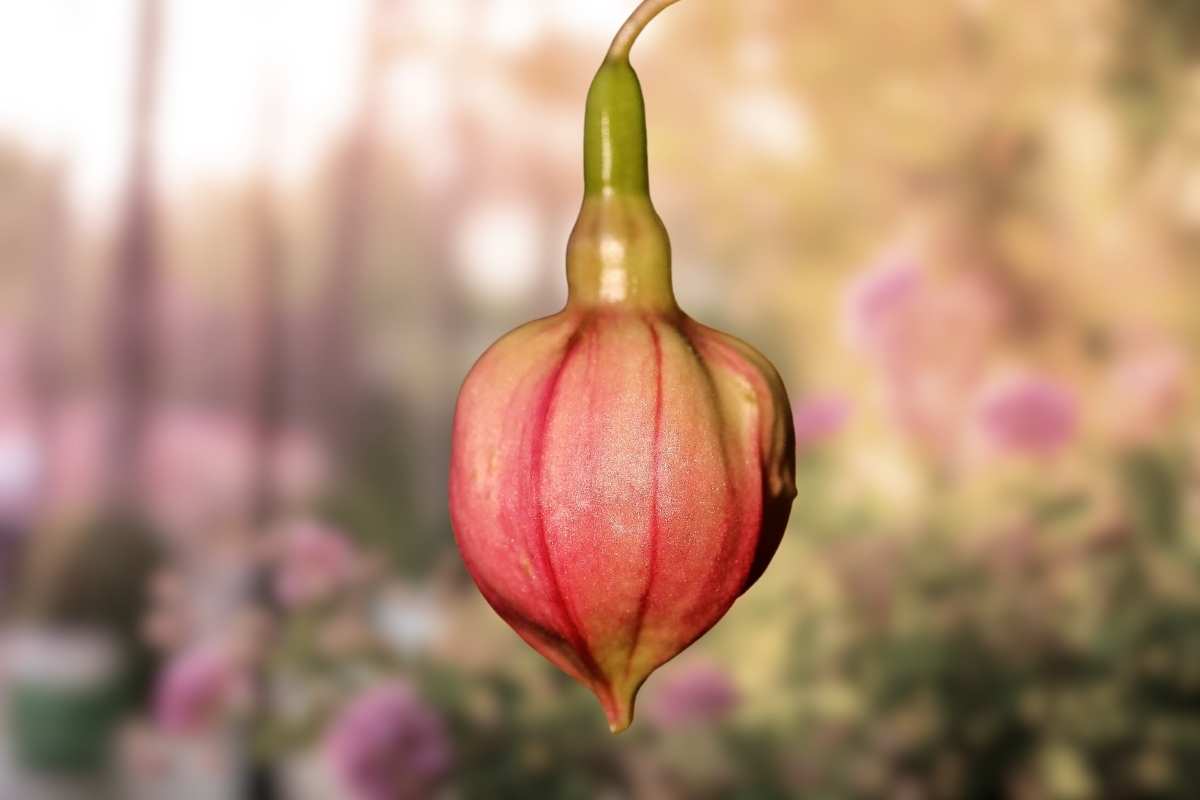
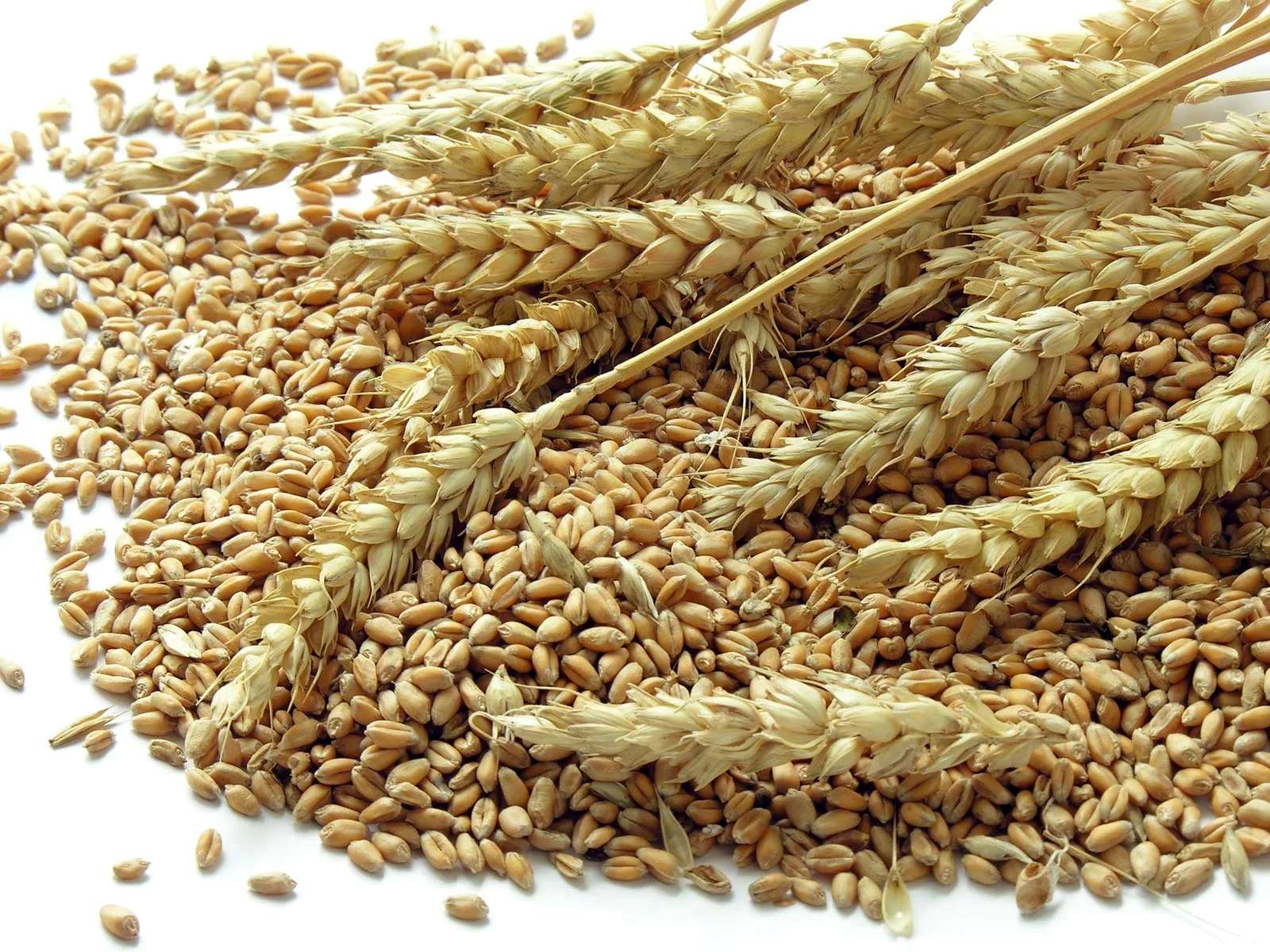

0 thoughts on “What Do Beet Seeds Look Like”